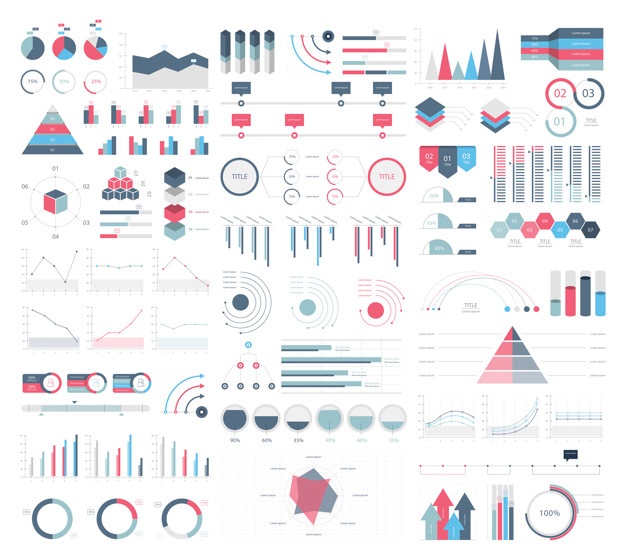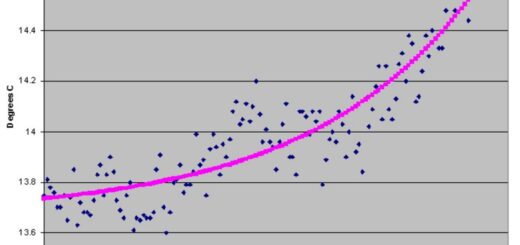AIC in R (AIC Vs BIC)
AIC in R, Always we are curious about how well a model explains the relationship between variables.
We can utilize information criteria to determine how successful our model is at explaining relationships.
AIC and BIC are two popular criteria. We will discuss more on both criteria.
Coefficient of Variation Example » Acceptable | Not Acceptable»
Akaike’s Information Criterion (AIC)
Akaike’s Information Criterion (AIC) was created by Hirotugu Akaike, a well-known Japanese statistician.
AIC=2K-2log(L՝)
The L hat is a measurement of how well something fits. AIC can be divided into two components.
First, when we increase the number of parameters in our model, 2k rises. This penalizes us for developing sophisticated models.
As our model improves at interpreting the data, the second term, minus 2 log L hat, drops. This incentivizes us to create models that are well-suited to the data.
Normality Test in R » How to Perform » Easy Steps »
Bayesian Information Criterion (BIC)
Gideon E. Schwartz created the Bayesian Information Criterion (BIC).
BIC=K log(n)- 2log(L՝)
Where the log is the natural logarithm and the L hat is the same quality of fit metric as AIC.
BIC, like AIC, can be divided into two parts. First, when we increase the number of parameters in our model, k log n rises, as does the number of observations in the data. This penalizes us for creating intricate models, with the penalty increasing when working with a big amount of data.
2 log L hat, unsurprisingly, performs exactly like AIC, rewarding us for creating models that fit our data well.
Both AIC and BIC are intended to assist us in striking a balance between complex models and models that are effective in explaining the data.
The ideal situation is, to begin with creating a very simple model and then adding parameters to it.
The model will get better at explaining the data as you add more parameters, but it will also become more complex.
What are the uses of Index Numbers? » Top 5 Uses»
Otherwise, you can start with a very sophisticated model and simplify it as you go. Always the model will become simpler as you reduce parameters, but it will also describe your data less well.
You’ll frequently reach a point where the benefits of reducing model complexity by deleting a parameter are outweighed by the loss of explanatory power.
Conclusion
Smaller is preferable when it comes to AIC and BIC. Models with the lowest AIC and/or BIC are preferred. It’s worth noting that the AIC and BIC can’t tell you how well a model describes your data.
We will discuss the execution of AIC (AIC in R) and BIC (BIC in R) in the upcoming post.
Minimum number of units in an Experimental Design »





